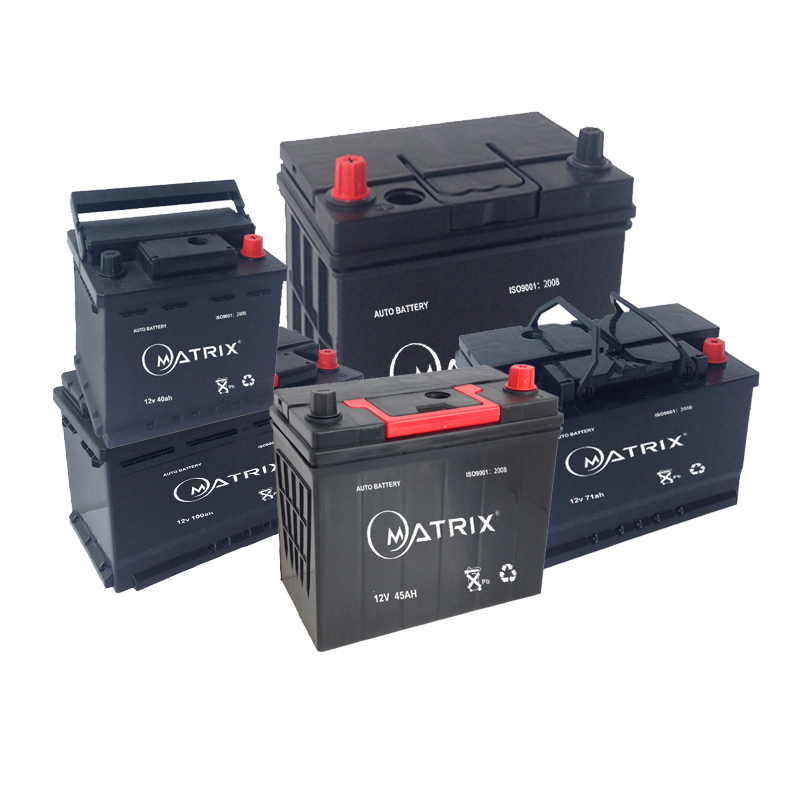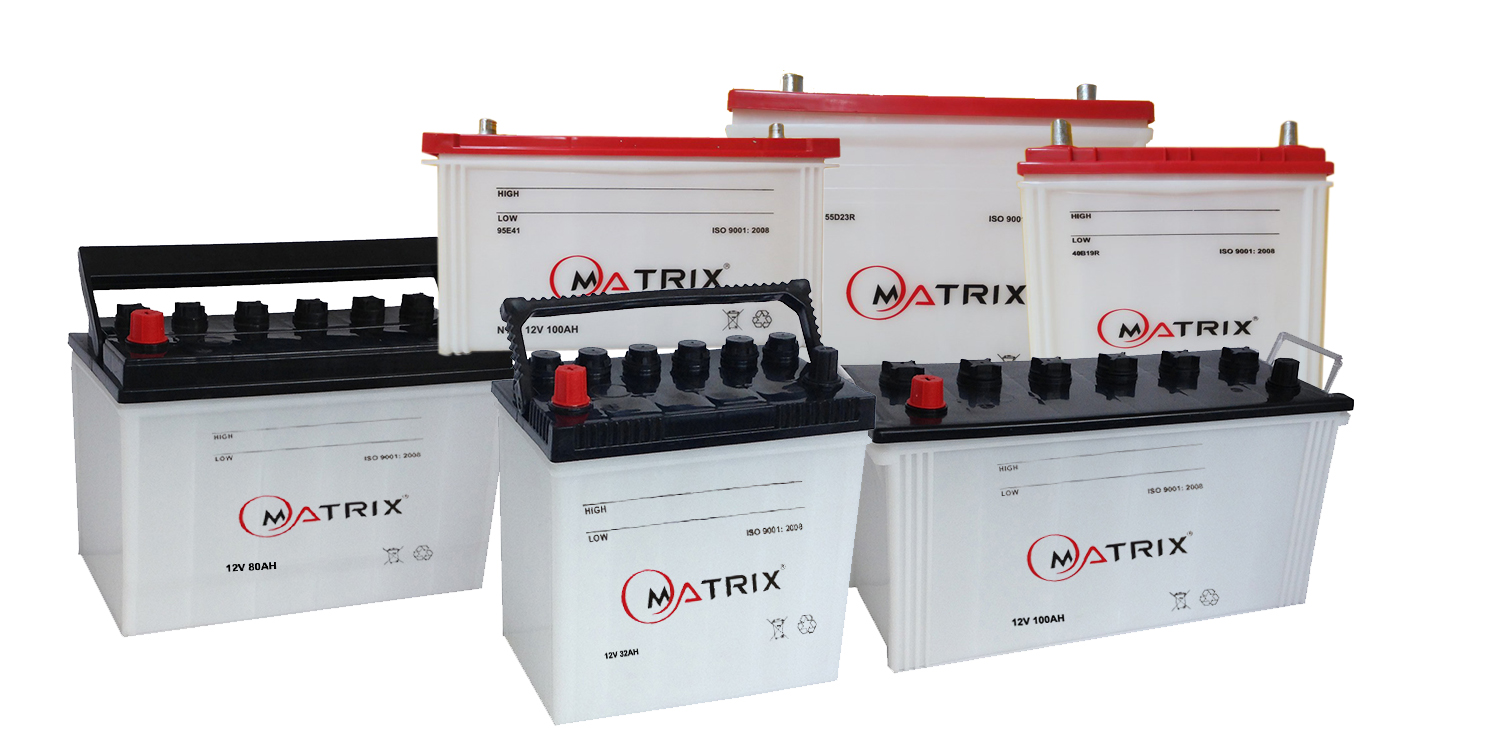It can be the most forgotten-about piece of equipment, but making sure your car´s battery is in good nick – and that it´s replaced when required – is vital.
Don’t forget, the battery powers the spark plugs that make the engine work, your stereo, your power steering and your key safety and security systems.
Keeping all this working does take life out of the battery – even though it´s being constantly recharged by the alternator (which is powered by the engine). So you should think about replacing it every two to three years.
You can get a professional to do this, but it´s a quick and simple job that you should be able to do at home with nothing but a simple toolkit. You’ll just need a couple of spanners and maybe a socket set.
Ideally, you’ll get your car battery replaced before any issues crop up – every two to three years is about right – but if that´s not possible (maybe you’ve bought the car secondhand and it´s starting to give trouble) then here are the simple signs to look out for.
If you can get the engine to turn over, but it won’t start – or takes longer to start (due to there being not enough electrical power to work the spark plugs) this could be a sign your battery is on its way out.
You might also notice a large amount of residue building up around the battery´s terminals – another sign it´s time to invest in a new one.
When you start the car, you may also find it´s slower to turn over than usual. This will also lead to the car taking longer to start than usual (if it starts at all).
You might also notice that the “check engine” light comes on and stays on more frequently if your battery needs replacing (although this light can warn of any number of problems, so you should get your car checked out by a mechanic in this case).
Your battery may also lose charge quicker and easier, too. For example, if you leave the car sitting for a few days and it won’t start, then it´s likely your battery is on its way out.
If you have power-hungry gadgets such as a powerful aftermarket stereo fitted to your car, then your battery won’t last as long and you’ll need to change it more frequently.
How a car is driven also has an effect. Doing lots of short trips and only using the car occasionally will reduce your battery´s life compared to using the car frequently and on longer journeys.
Until recently, the vast majority of cars used pretty much the same kind of battery – a 12v lead-acid one. Tell us your registration number, we should be able to sort you out with the right one. http://www.matrixbattery.com/Contact/feedback.html
More recently, however, as power demands have increased due to more complicated technologies like engine stop-start, heated seats and infotainment systems, more robust batteries have become necessary. For example, it´s becoming increasingly common for high-end cars to have their new battery ‘coded’ to their computer. If this is the case with your car, replacement is probably best left to the professionals.

Now, you might find this a little insulting, as everyone knows a car´s battery is found under the bonnet, right? Well, not necessarily. Batteries – as you’ll know if you’ve ever picked one up – are surprisingly heavy things and some manufacturers think the best place for them is actually in the boot. This has an impact (albeit a fairly small one) on the car´s weight distribution and can affect handling. You’ll find that most are kept under the bonnet, however.
You’ll usually find that the battery is held in its own area in the engine bay, usually by a simple plastic bracket held in place by a couple of nuts.
Remove these nuts and the bracket, keeping them in easy reach for when you put the new battery in. This should allow you to access to the terminals – the pieces of metal pointing out of the top (or side) of the battery.
Give the battery a good once-over with a torch. If you see any leaks or cracks in the plastic, then don’t attempt to change it yourself – let a professional handle it. The acid inside a battery can be extremely dangerous. It´s best to wear gloves as when handling batteries, just in case.
Next, you’ll need to disconnect the terminals from the wires coming from them. It´s important to disconnect the negative terminal first. You can identify this by a black cable, while there’ll also be a ‘minus’ sign on the battery next to the terminal.
The wires will be attached to the terminals with a circular clamp, which you can tighten or loosen with a nut and bolt. To disconnect the negative terminal, loosen this nut by using either a spanner or socket and ratchet, then carefully remove the clamp from the terminal.
Do the same with the positive terminal (identified by red wiring and a ‘plus’ mark) and wrap both clamps in something insulating, such as duct tape. Next, remove the old battery and leave it to one side.
An important safety note: make sure the two terminals never come into contact (by a piece of metal being laid across them, for example), as this can cause serious issues. Once you’ve finished, always insulate the two terminals with some tape or something similar.
This is essentially the removal process in reverse, but the key is to make sure you fit the right wiring clamps to the correct terminals on the new battery. An embarrassing common mistake is to forget to remove the plastic insulating caps from the new battery´s terminals – so make sure you do that!
Following the steps above in reverse should mean your battery works first time – all that´s left to do is to reset your car´s clock and you should be away – after disposing of your old battery properly, of course…

Previous: The car battery buying guide
Next: No Content!